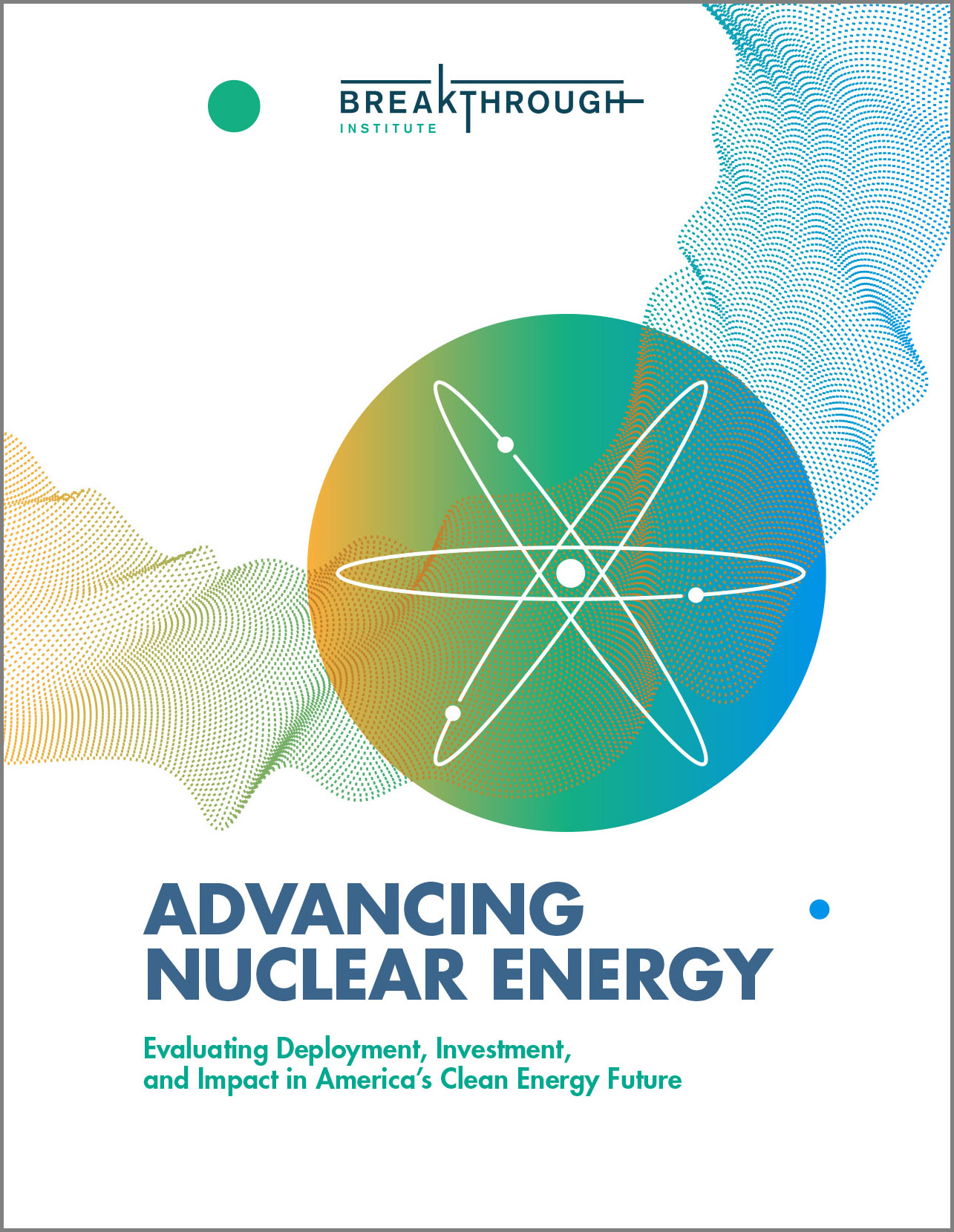The Ringhals nuclear power plant. (Photo: Wikipedia)
Vattenfall has initiated a study to look into the feasibility of building at least two small modular reactors adjacent to its Ringhals nuclear power plant, the Swedish state-owned power company announced recently.
Located on Sweden’s west coast about 37 miles south of Gothenburg, Ringhals holds two operating power reactors: Unit 3, a 1,074-MWe pressurized water reactor; and Unit 4, a 1,130-MWe PWR. The facility is also home to two retired units: Unit 1, a boiling water reactor shut down in December 2020; and Unit 2, a PWR taken off line in December 2019.
July 8, 2022, 7:00AMNuclear NewsBy George Apostolakis, James Ellis, and Steven Nesbit The Diablo Canyon nuclear power plant.
The state of California recently and quite sensibly cracked the door back open for continued operation of the Diablo Canyon nuclear power plant past the current operating license expiration dates in 2024 (Unit 1) and 2025 (Unit 2). The nonprofit North American Electric Reliability Corporation’s recently released 2022 Summer Reliability Assessment highlights the risk of electricity shortages in California. Given that concern, as well as the benefits of continued Diablo Canyon operation—including much needed clean, reliable energy; good jobs; and potential for large-scale production of fresh water—another look at the shutdown decision made several years ago is clearly warranted. Sen. Dianne Feinstein (D., Calif.) reinforced this point when she added her voice to the growing chorus of policymakers advocating extended operation for Diablo Canyon.
The European Union flag. (Photo: Håkan Dahlström, Wikicommons)
In a much-anticipated vote yesterday, EU lawmakers voted down a resolution objecting to the European Commission’s proposal to add nuclear energy and natural gas to the list of green technologies covered by the EU taxonomy—the classification system used by the European Union to steer private investment toward environmentally sustainable economic projects.
The vote, held during the European Parliament’s July 4–7 plenary session, was 328 opposed to the resolution, 278 in favor, and 33 abstaining. An absolute majority—353 members—was required for the resolution to be passed and the proposal vetoed.
The first plasmas created in FuZE-Q, shown here during assembly, represent a key step towards fusion experiments with net energy output. (Photo: Zap Energy)
Zap Energy has created the first plasmas in its FuZE-Q machine—the company’s fourth prototype machine and the one it hopes will demonstrate a net energy gain from a Z-pinch fusion plasma just one millimeter in diameter and half a meter long. Zap Energy announced that engineering achievement and the close of $160 million in Series C funding in late June.
As the 68th ANS president, the career veteran of the NRC looks to create a more visible, proactive Society.
Steven Arndt began his one-year term last month as president of the American Nuclear Society, bringing the same high level of energy, investment, and action he has exhibited throughout his career. Reflecting on a life spent improving nuclear safety and technology, he notes that it’s not just the work; it’s also about the people and building connections and relationships. Arndt fondly recalls Peter Lyons, former NRC commissioner, assistant secretary of energy for nuclear energy, and ANS board member who passed away in April 2021. “I have been incredibly lucky to know and work with some great people in our field, and almost to a person they have been like Pete Lyons,” Arndt said. “They have been gregarious, outgoing, and supportive.”









.jpg)
 With the proper investment and policy support, advanced nuclear energy has the potential to become a key component of a future U.S. clean energy system, a new report from Berkeley, Calif.’s, Breakthrough Institute finds.
With the proper investment and policy support, advanced nuclear energy has the potential to become a key component of a future U.S. clean energy system, a new report from Berkeley, Calif.’s, Breakthrough Institute finds.


